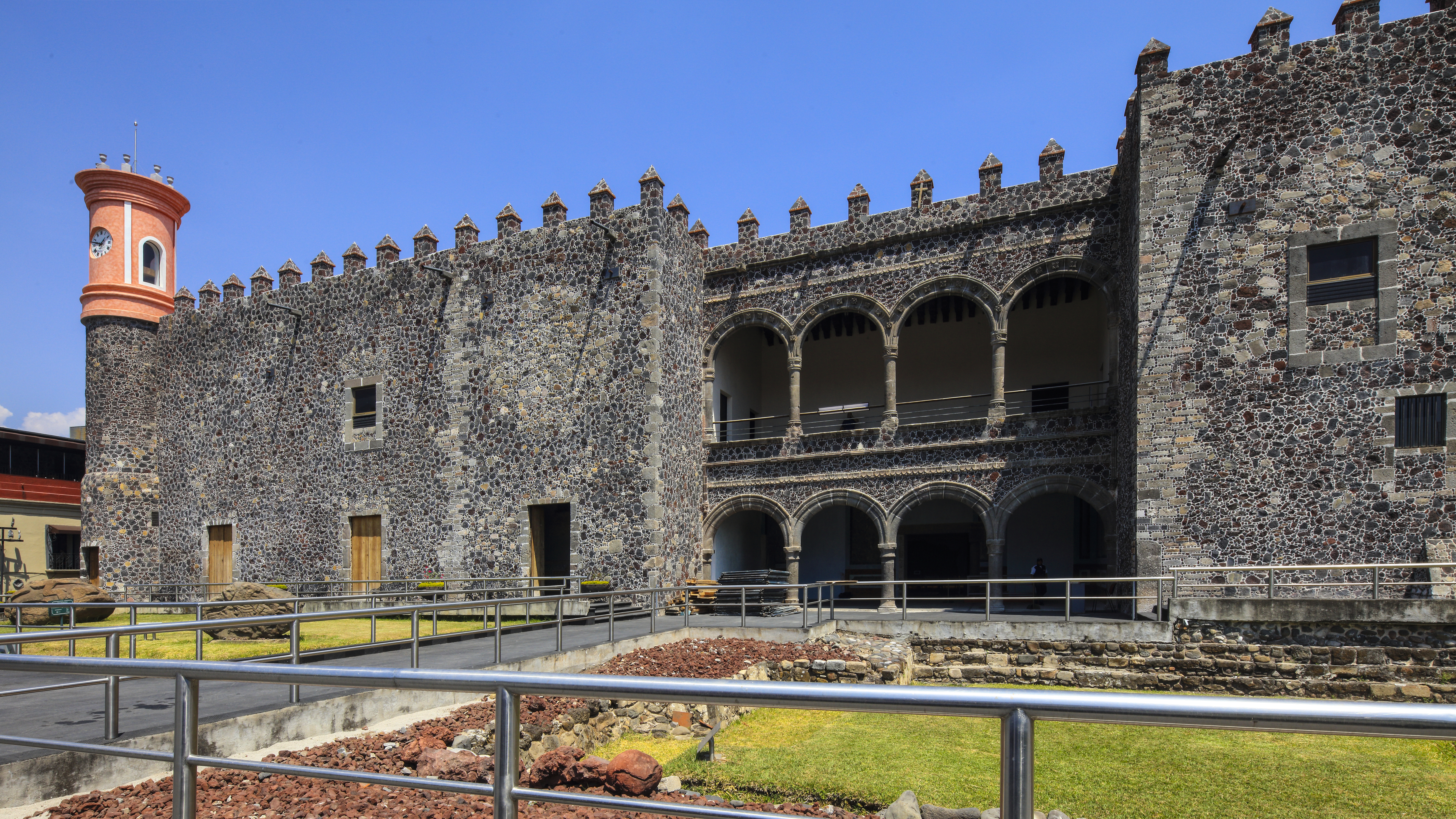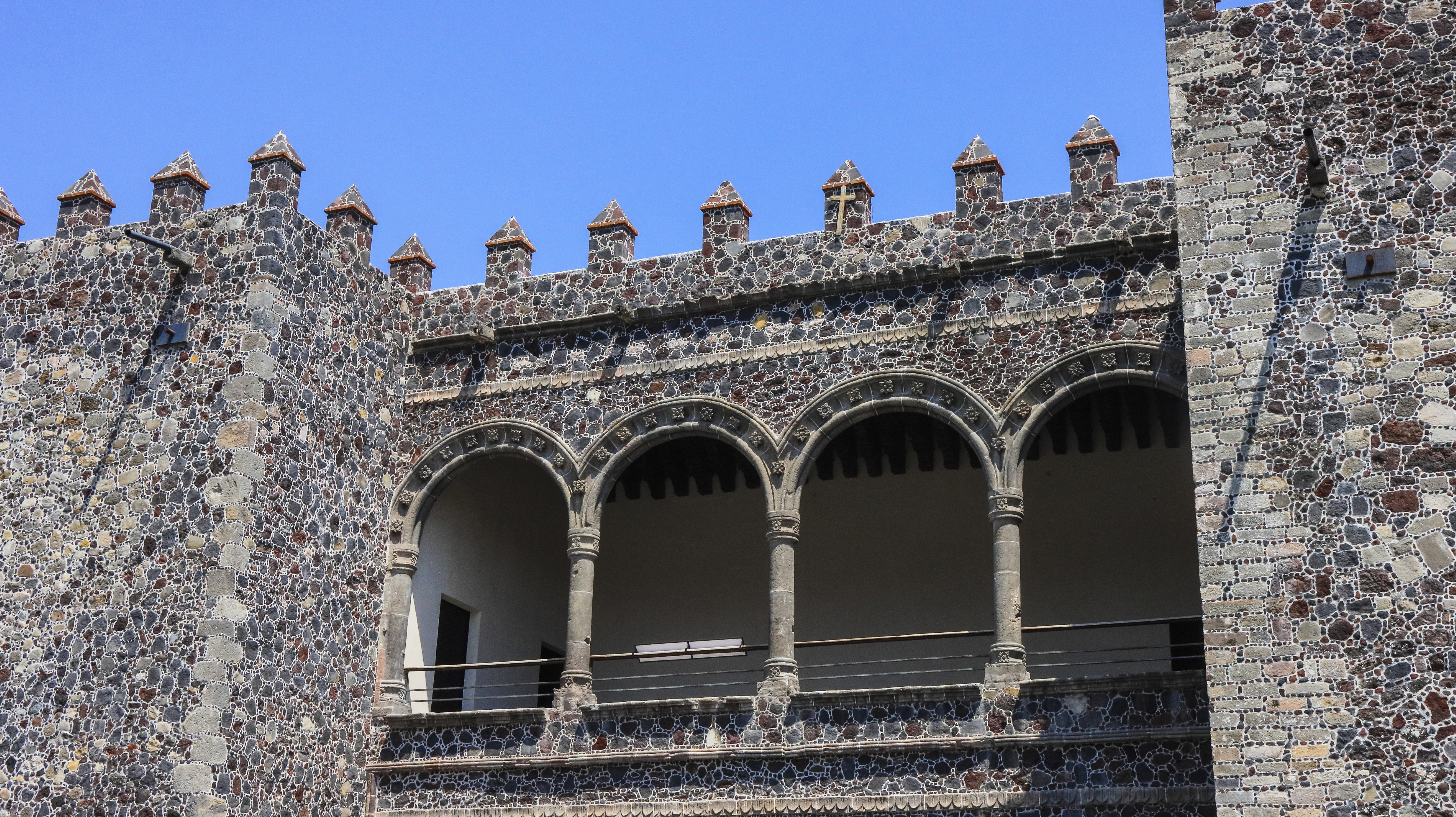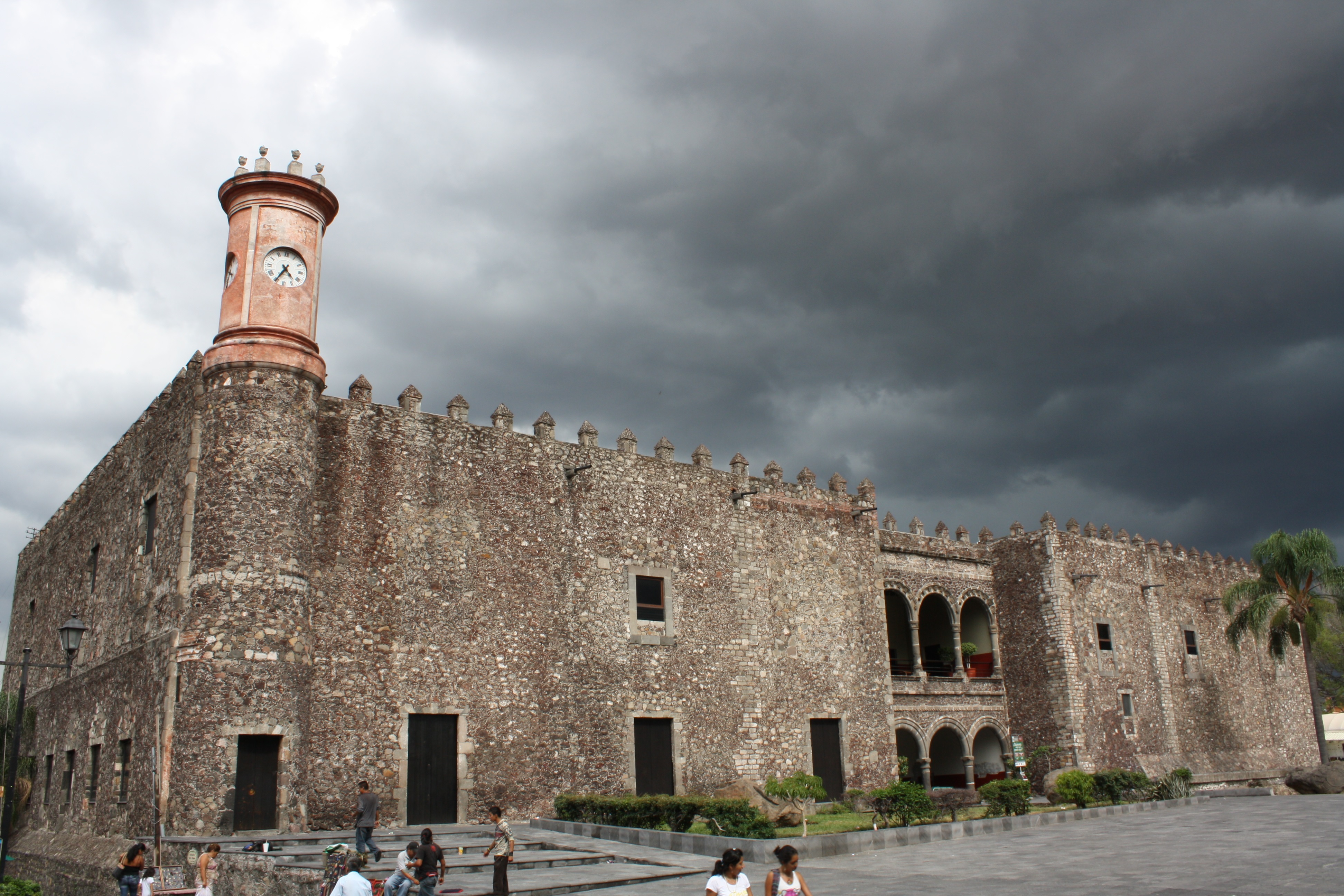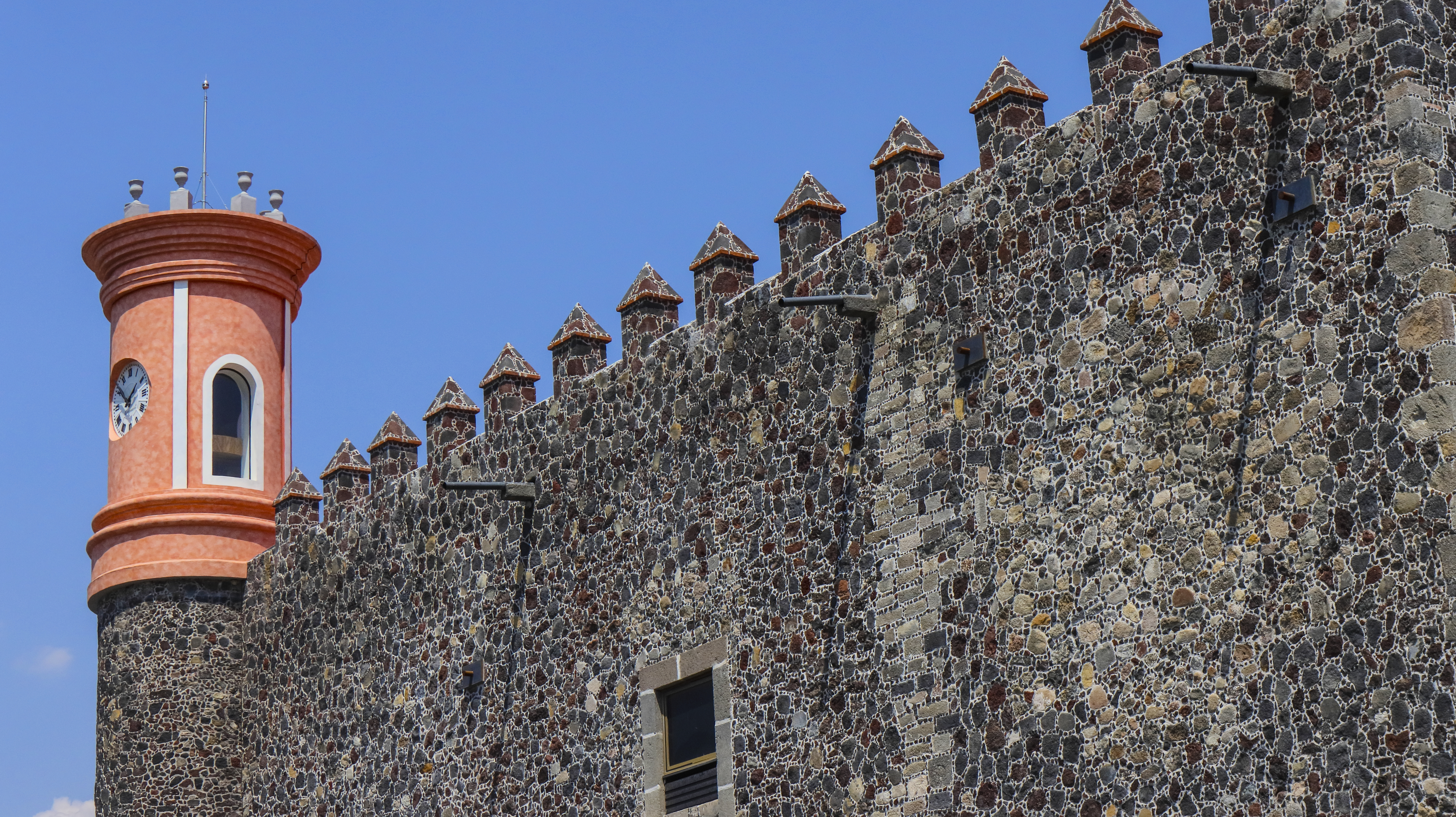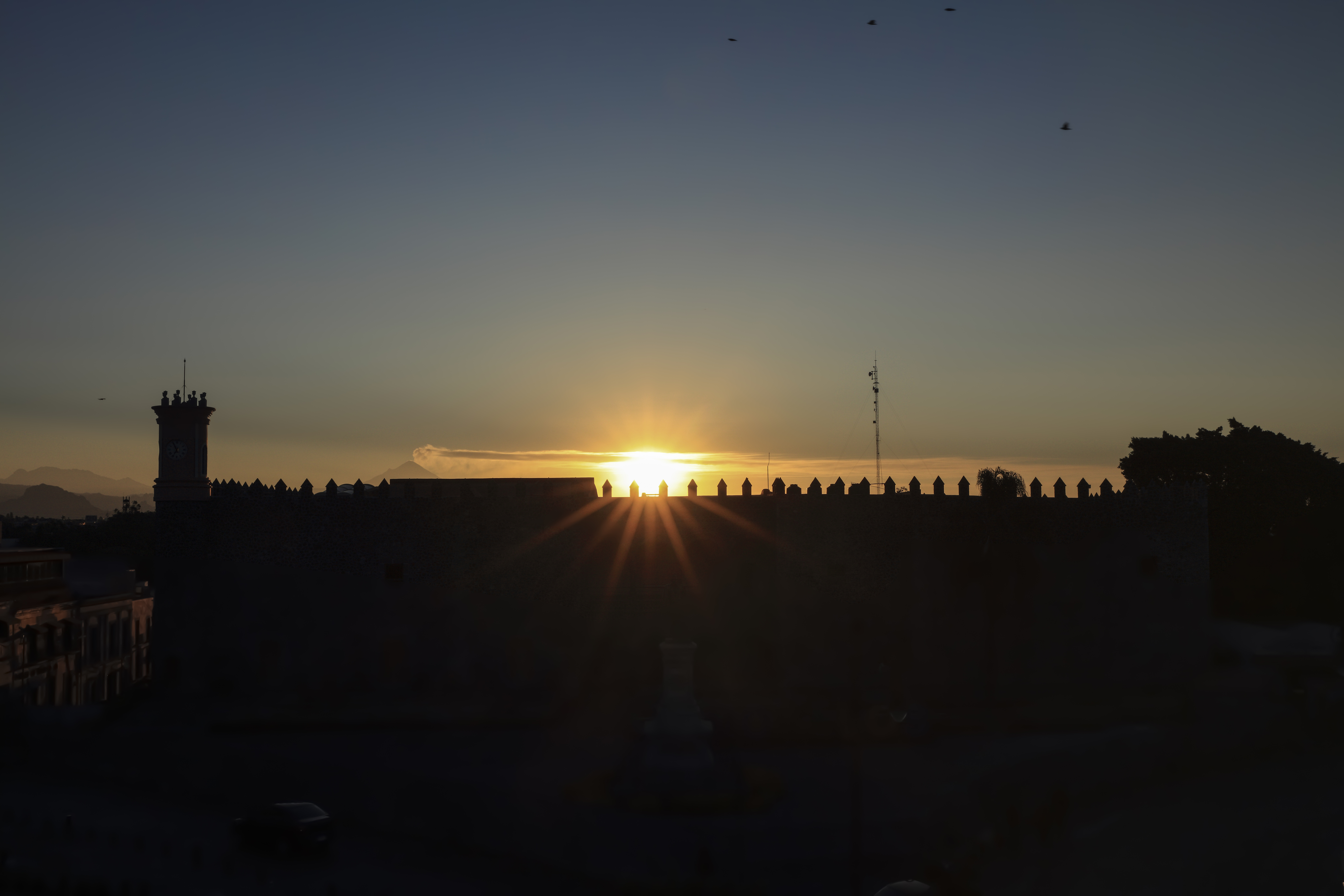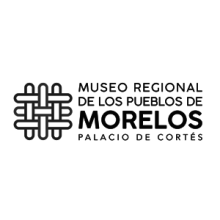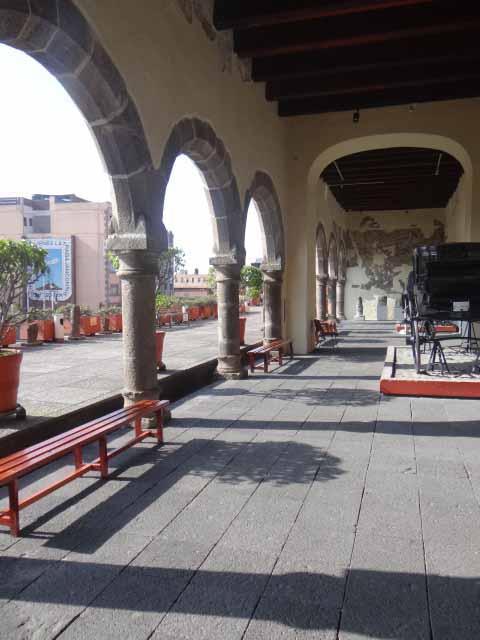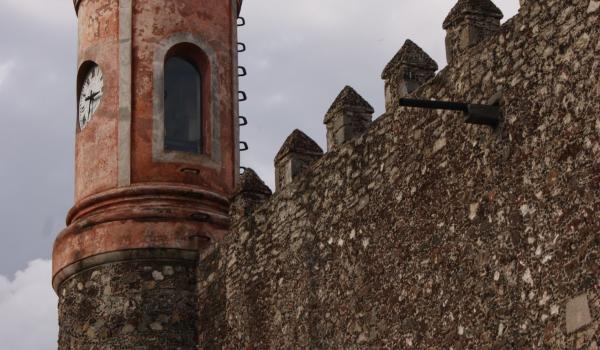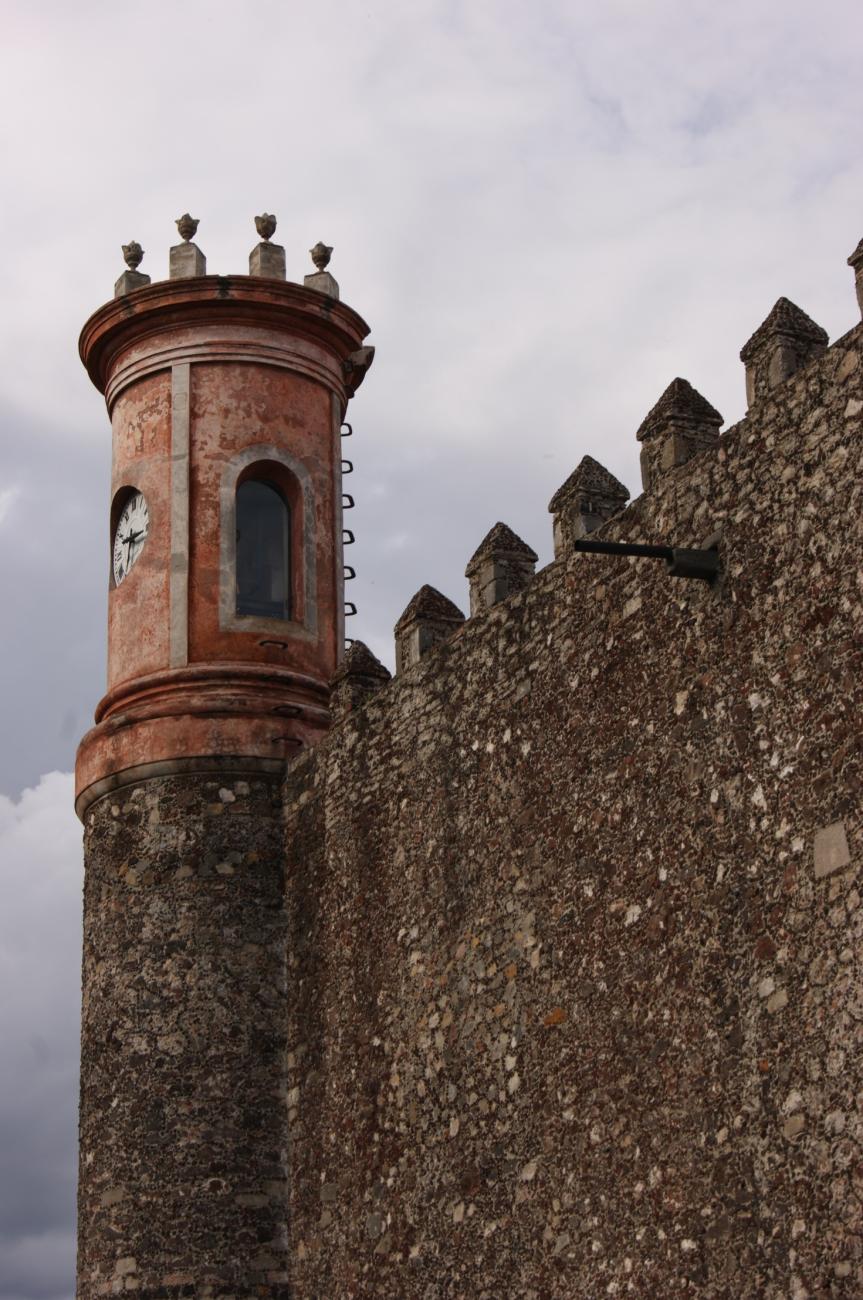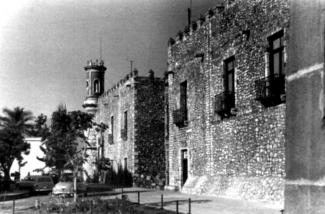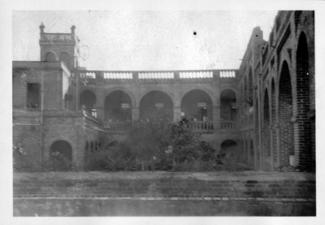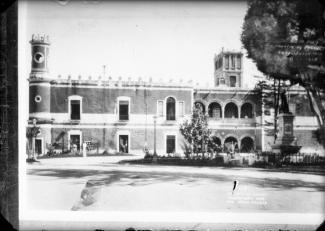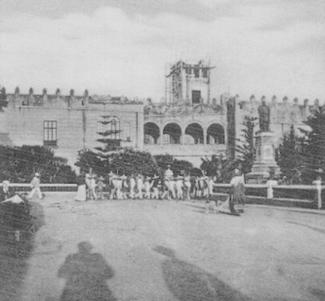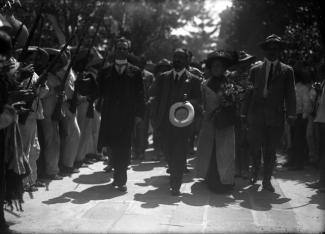The building itself, as well as the heritage within it, describe the history of the state of Morelos from the Preclassic period to the Revolution. The Cuauhnáhuac Regional Museum occupies the imposing Palace of Cortés, one of the oldest government buildings preserved in Mexico (the first stage of its construction was completed in 1535).
An iconic monument in the city of Cuernavaca, Hernán Cortés had it built as a family residence and seat of the Marquisate of the Valley of Oaxaca. It has been put to different uses over the years, including that of jail and seat of the state government, until February 2, 1974, when it was converted into a museum and cultural center. Its interior preserves an important collection of paleontological, archeological, historical and artistic pieces. The rooms on the first floor are dedicated to the different periods of the pre-Hispanic past, while on the second floor we can appreciate the course of history from the arrival of the Spanish until the present day.
First floor: Rooms 1 and 2. Migration routes, the first inhabitants. Room 3. Chalcatzingo, the Olmecs. Room 4. The influence of Teotihuacan on the Classic period. Room 5. Xochicalco. Room 6. Pictographic writing, Tetecala, cave paintings. Room 7. Tepoztlán. Room 8. Tlahuica domains. Room 9. The Tlahuica and the Mexican conquest. Room 10. The Conquest.
Second floor: Room 1. Contributions of the Old World. Room 2. The encomienda, social and political power in New Spain. Room 3. The Marquisate. Room 4. Trade with the Orient. Room 5. Religious colonization and colonial painting. Room 6. Religious expansion in Morelos. Room 7. The textile industry. Room 8. The War of Independence and formation of the Republic. Room 9. The Porfiriato. Room 10. The Revolution and ethnography of Morelos.
There is an important mural by Diego Rivera in the second-floor terrace gallery.






